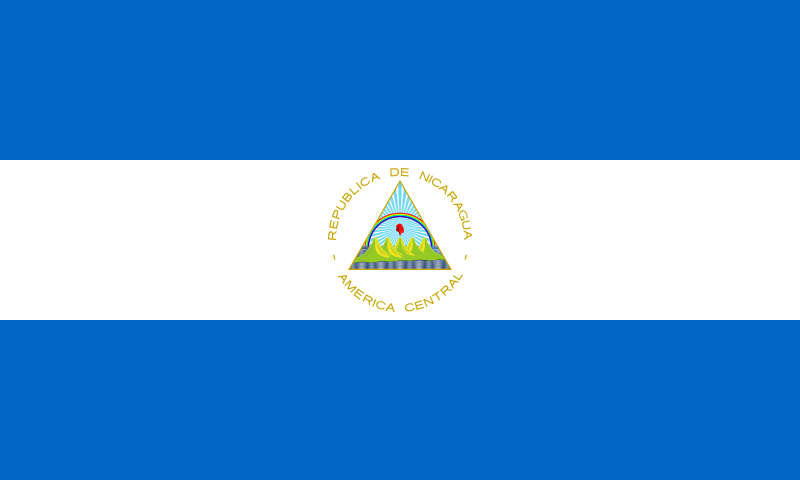At a glance
CDC works with partners in Nicaragua to build sustainable public health capacity, strengthen laboratory systems and surveillance networks, deliver high-quality HIV diagnostic, treatment, and prevention services, and respond swiftly to disease outbreaks at their source, preventing health threats from reaching the U.S.

Strategic focus
Since 2003, the U.S. Centers for Disease Control and Prevention (CDC) has collaborated with the Ministry of Health (MOH) and the Council of Health Ministers of Central America to respond to the HIV epidemic in Nicaragua. CDC supports countries in achieving UNAIDS 95-95-95 targets and global milestones for tuberculosis.
In coordination with partners, CDC prioritizes targeted interventions to bridge gaps in the access and quality of services for people living with HIV (PLHIV) and people at greater risk of HIV. CDC supports the scale-up of evidence-based programs to advance HIV case finding, early antiretroviral therapy (ART) initiation, optimized treatment services, prevention, and achievement of viral load suppression to strengthen systems essential for a sustainable HIV response.
Read more about CDC's most recent key activities and accomplishments below.
Building public health capacity
- Introduced the Extension for Community Healthcare Outcomes (Project ECHO) model, an innovative tele-mentoring initiative where experts lead virtual trainings, amplifying the capacity for healthcare providers to deliver best-in-practice care to underserved communities. Through Project ECHO, CDC has created virtual communities of practice in HIV treatment, prevention, and strategic information.
- Launched the Continuous Quality Improvement Training Initiative, where participants learned how to apply the concepts of quality improvement in the clinical setting to improve HIV service quality.
- Established the HIV Rapid Test Continuous Quality Improvement Initiative.
Strengthening laboratory systems and networks
- Improved access to HIV testing among undiagnosed PLHIV by supporting case-finding in CDC-supported healthcare facilities. These include testing as part of outreach strategies for people at greater risk of HIV, index testing services (which involve identifying current and former partners and household members of PLHIV), and optimized healthcare provider and community testing.
- Supported specimen referral, supplies, quality management systems, technology, information, and services focused on increasing viral load coverage and viral load suppression among PLHIV.
HIV prevention and treatment
- Implemented an HIV testing and prevention program known by its Spanish acronym, VICITS. VICITS provides tailored HIV testing and prevention services to people at greater risk of HIV. This package enhances HIV testing, peer navigation for linkage to treatment, and surveillance.
- Supported a comprehensive service package to increase adherence to HIV treatment and improve health outcomes among PLHIV. This includes linking patients to treatment after diagnosis, early ART initiation, treatment optimization, re-engagement of PLHIV who are not in care or not virally suppressed, and the management of opportunistic infections.
- Promoted differentiated service delivery models, such as pharmacy fast-track refill, multi-month dispensing, and high viral load tracking and management at decentralized sites.
By the numbers
HIV
Estimated HIV Prevalence (Ages 15-49)
0.3% (2023)
Estimated HIV Deaths (Age≥15)
Reported Number Receiving Antiretroviral Therapy (Age≥15)
TB
Estimated TB Incidence
43/100,000 (2023)
6.6% (2023)
TB Treatment Success Rate
86% (2022)